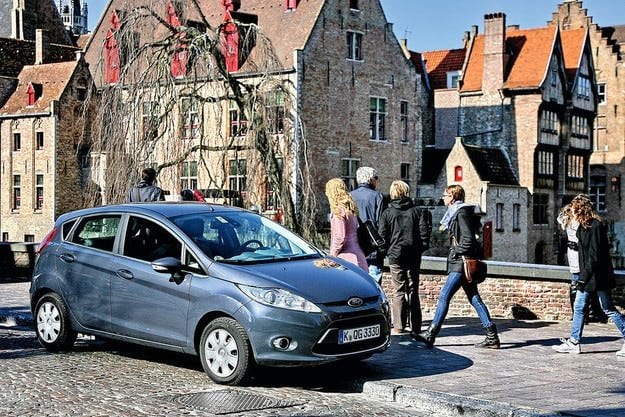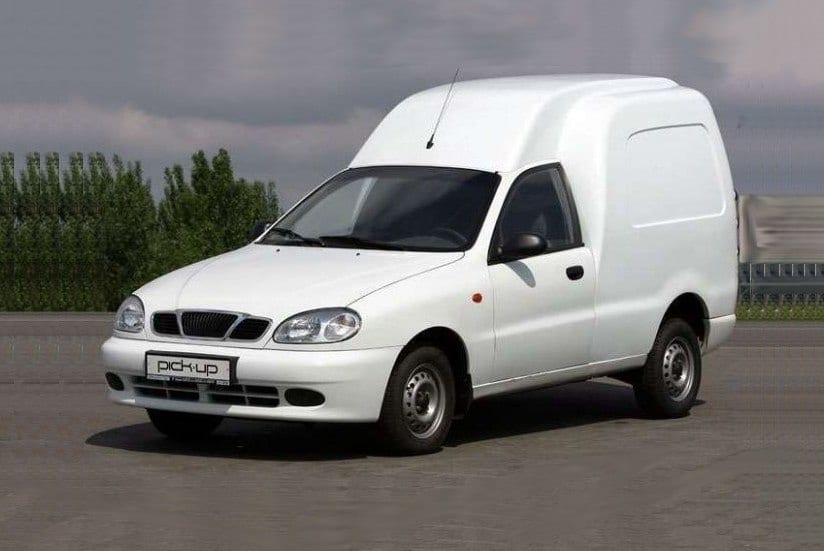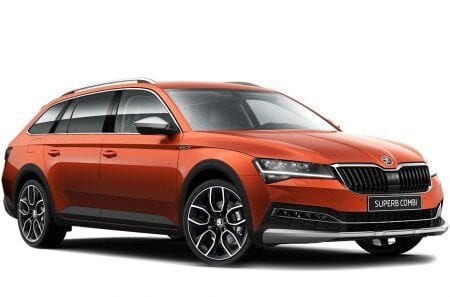
Test drive Ford Fiesta 1.4: best in class
Content

No other car in this category has performed so well
While the Salzburg-based energy drink maker pledged that its soda, sweetened with taurine, would "give wings," artist H.A. Schult brought the same idea to life, or rather in one. Ford Fiesta Since then, a car equipped with shining golden angel wings has shone on the roof of the Cologne City Museum.
Despite the fact that this is one of the previous generations of the model, on February 25, 2011, having entered the editorial office of auto motor und sport, participating in the Fiesta marathon tests, there was already something to be proud of. Although Ford engineers did not endow it with fenders, it won them, having driven over 100 test kilometers with little or no damage.
From the outset, we have to say that while this never resulted in an unwanted and unplanned trip interruption, the Fiesta was unable to complete the entire test distance without a single emergency service visit. However, with a damage index of 2, the model rose almost effortlessly to first place among its young classmates.
Well equipped child
In particular, the only major flaw was that the Ford folks had supplied the Fiesta with state-of-the-art Titanium hardware, as well as some extra gimmicks that cost the little car a whopping € 5000.
In return, it had comfortable equipment including a leather package, a Sony audio system, cruise control, power adjustment and rear windows, heated windshield and front seats, as well as a parking pilot and a rearview camera. The image it transmits is reproduced in the rearview mirror and is indeed very useful when parking, as the wide rear speakers make the area behind the car almost invisible to the human eye. However, this portion of high technology seemed a little more - after all, the video image was lost not once, but twice, which led to the replacement of the rear view camera. However, this was the end of the overhaul. Other than changing two bulbs, the Fiesta covered the remainder of the run without any damage.
However, in a long-term test, reliability is not the only criterion. Reading travel diaries reveals any weakness, no matter how minor. For example, one of the testers criticized the interior, which, if it were not so gray and ordinary, could give the impression of a higher quality. Of course, there is always some subjectivity in such assessments. This also applies to seats: for the most part, lower colleagues find them uncomfortable on long trips, and higher examiners do not complain about their comfort.
However, these differences do not detract from the feeling of the surprisingly spacious interior space created by the small car. Indeed, the Fiesta's design allows for much more than just transporting small families with small children from A to B.
Reviews about the chassis are also, without exception, positive. This isn't the first time we've had evidence that Ford engineers have a special talent in this area. And with the Fiesta, they managed to achieve a good compromise between firm and comfortable settings supported by neutral cornering behavior and safe ESP action. Coloring corners with a small car is a real pleasure - something that contributes to the direct and precise operation of the steering system.
96 h.p. no mention of silence
The naturally aspirated engine was more phlegmatic, an experienced turbocharged colleague noted in a test diary, then asked incredulously, "Is that 96 hp?" While this sounds a little harsh, it is still an example of repetitive evaluation. It is clear that a four-valve engine per cylinder is not a source of temperament at all. Especially if you follow the recommendations for switching the center display, the 1,4-liter engine performs its tasks over long distances, in general, without creating difficulties, but also without much excitement. This also applies to the manual transmission, where many testers note the lack of a sixth gear - not least due to increased noise at higher speeds.
Another disappointment is the cost shown throughout the test. With an average value of 7,5 liters per 100 km, it can no longer be considered the normal consumption of a small car. It's also clear to Ford's strategists, who have meanwhile ditched the 1,4-liter engine and given the Fiesta new wings in the form of a state-of-the-art turbocharged 1.0 Ecoboost three-cylinder engine. In this regard, observations of the 1,4-liter engine are already more historical in nature and are important when choosing a used car.
Also part of the story are complaints about the squeaky steering wheel, which sometimes bothered testers. As part of regular maintenance, the steering column stem was lubricated to restore its original condition. Otherwise, the overall steering system is impressive with its direct response and high "pleasure factor", but this to some extent affects the stable movement in the right direction.
Rodent favorite
There is another phenomenon that we must not completely ignore. Apparently the rodents loved the fiesta and ate from it, which, of course, is not the car's fault. With amazing and unprecedented regularity, the little animals bit through the insulation, as well as the ignition wires and the lambda probe. The animals attacked the defenseless Fiesta a total of five times in completely different places - a sad record in the history of marathon testing of an automobile and sports car. Biologists attribute this to the pleasant warmth in the engine compartment, which, if inhabited, can become an arena for rivalry between willingly biting animal species.
Although such atypical injuries are not part of the normal balance of a marathon test, they will cost the owner € 560! Maybe Ford engineers should consider using not very tasty plastic mixtures.
Despite these problems, the Fiesta completed the long trials with a decent result. As if to dispel some doubts, after a hundred thousand kilometers, the display warned about the need to replace the remote control battery in the ignition key. However, this happened after almost three years of work and is not a sign of weakness.
FROM THE EXPERIENCE OF THE READERS
Auto motor und sport readers share their impressions of everyday life
Since May 2009 we have Ford Fiesta 1.25. At the moment we have driven 39 km and are very satisfied with the car. There is enough room in the cabin for our needs, and we also like the stiff but comfortable suspension. The car is also suitable for long trips. The average consumption of 000 l / 6,6 km is satisfactory, but the bike is somewhat lacking in intermediate traction. The only defects so far have been a burnt-out headlight bulb, a slightly opened window, and the radio display that turns off from time to time.
Robert Schulte, Westerkapelln
We have a Ford Fiesta with 82 hp, produced in 2009, and we have covered 17 km so far. Overall, we are satisfied with the car. Gasoline consumption at 700 percent of city driving ranges from 95 to 6 l / 6,5 km. However, the rear view is very bad, so you need to order a pilot in the park. The windshield washer hose is often pinched when the front cover is closed. The back cover must always be slammed, otherwise the on-board computer signals that it is open.
Monica Riffer, Haar
My Fiesta 1.25 with 82 hp since 2009 he has driven 19 km. Just three months after purchase, water began to collect in the trunk due to a defect in the taillight gasket. Damage repaired under warranty. During the first service, he complained about excessive fuel consumption of 800 l / 7,5 km, but the software update did not change anything. During the second regular inspection in the service, it was necessary to replace the faulty ABS control unit, a defect was found in the gearbox and must be repaired (100 days). After the warranty expired, water began to drain into the trunk again, this time due to a leaking weld in the roof area.
Friedrich W. Herzog, Tenningen
CONCLUSION
Fiesta was not satisfied with the modest existence of an ordinary runabout. The model drove a hundred thousand kilometers with an almost flawless result - we take off our hats!
Text: Klaus-Ulrich Blumenstock
Photo: K.-U. Blumenstock, Michael Heinz, Beate Jeske, Michael Orth, Reinhard Schmid

